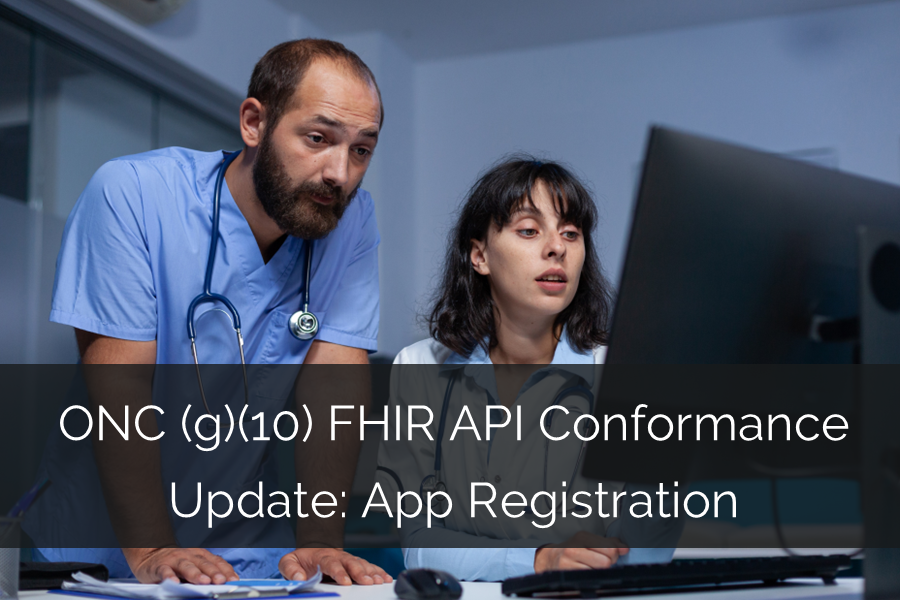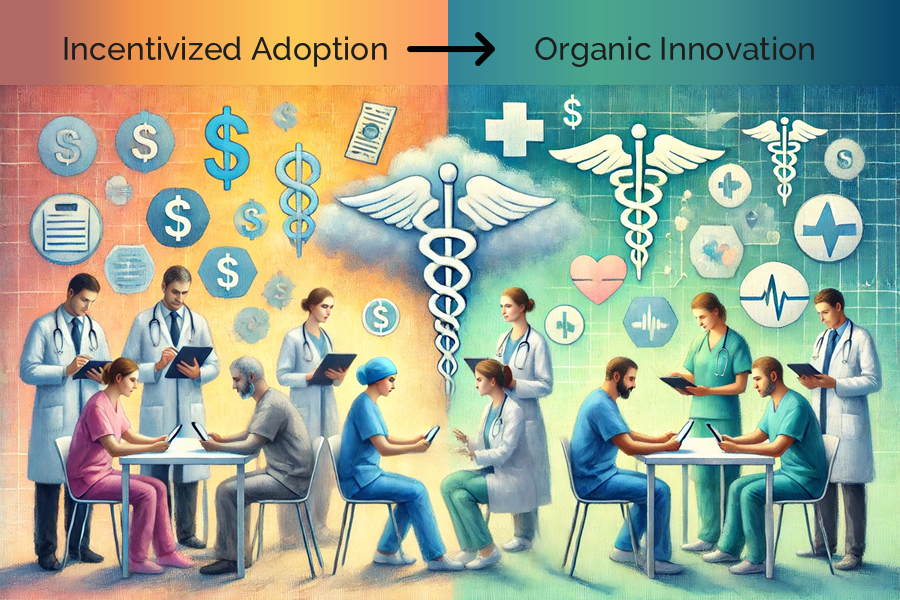Have (g)(10) FHIR API Burning Questions?
The thing about burning questions is that we all have them. Some are philosophical. Some are whimsical. Some relate to the latest in the long line of Cures Act ONC mandates that require Actors (including EHR developers and providers) to have a FHIR-based API solution in place by December 31st, 2022 (about 135 working days from now). In this blog, we will address some of the burning questions that we are receiving from both EHR developers and providers as they are trying to understand the implementation details of the Cures Act requirement. I will try to answer these questions with Einstein’s famous principle as a guide – “If you can’t explain it simply, you don’t understand it well enough.”
Darena Solutions is proud of the fact that we were the first in the nation to certify our BlueButtonPRO FHIR-based API to the 170.315 (g)(10) requirements back in August of 2020 (CHPL Listing). Since then, we have been interacting with the ONC testing bodies, providers, and our EHR partners on this very complex subject. Since the process of incorporating a FHIR-based solution into an EHR is elaborate, I will break up the Q&A into smaller chunks to better manage the information exchange and to avoid an Inferno (pardon the pun).
Let’s get to the (g)(10) Rapid FHIR Q&As
Q: What version of FHIR do you need to support?
A: § 170.215(a)(1) Health Level 7 (HL7®) Version 4.0.1 Fast Healthcare Interoperability Resources Specification (FHIR®) Release 4, October 30, 2019
Q: What are all the components of API?
A: i. Invites/Authentication - (g)(7)
ii. Information exchange - USCDIv1, (g)(9), (g)(10), Bulk (b)(10)
iii. Hosting – FHIR servers
iv. Developer Portal – To approve 3rd-party apps
v. Real-World Testing – Conditions and Maintenance of Certification
vi. Customer Support
vii. Quarterly Surveillance - Conditions and Maintenance of Certification
viii. Bi-Annual Attestation - Conditions and Maintenance of Certification
ix. Future Updates – FHIR versions and USCDI vs 2, 3
x. Bi-directional Exchange – Initially outbound only, but bi-directional is looming.
As you can see there are many moving parts that need to be managed just for this API application.
Q: How many of the above API components does BlueButtonPRO certified application cover?
A: All of them. We offer to do the heavy lifting.
Q: How much FHIR development does an EHR vendor need to undertake to complete an interface with the BlueButtonPRO application?
A: None, as we have kept it simple. We provide an API endpoint that you would send a valid USCDIv1 C-CDA to a FHIR server we have provisioned and hosted for your organization(s). We take care of the conversion of data within the C-CDA to the FHIR standard.
Q: How long does it take to complete the interface with BlueButtonPRO?
A: It does depend on the resource availability from the EHR. We have seen a completion time of 2 days to 2 weeks. This is a considerably condensed timeframe compared to the double-digit months required for internal development.
Q: Does our C-CDA need to be USCDIv1 compliant prior to going live with BlueButtonPRO?
A: Yes. We are deferring to the ONC Cures Update requirement that states 2015 Edition Certified EHR will have their C-CDA updated to the USCDIv1 by December 31st of 2022.
Q: What if our C-CDA is not up to date? Can you assist us with updating our C-CDA?
A: Yes. Over the years we have assisted multiple EHRs with their certification needs. Included in this assistance is a ready-made component that offers a way to rapidly update your C-CDA from the Common Clinical Data Set (CCDS) to the USCDIv1 data elements.
Some of the questions were too hot to handle in one blog.
Stay tuned for the next installment.
If you are feeling the heat to develop a FHIR-based (g)(10) API solution, set up an appointment to discuss how we can help.












